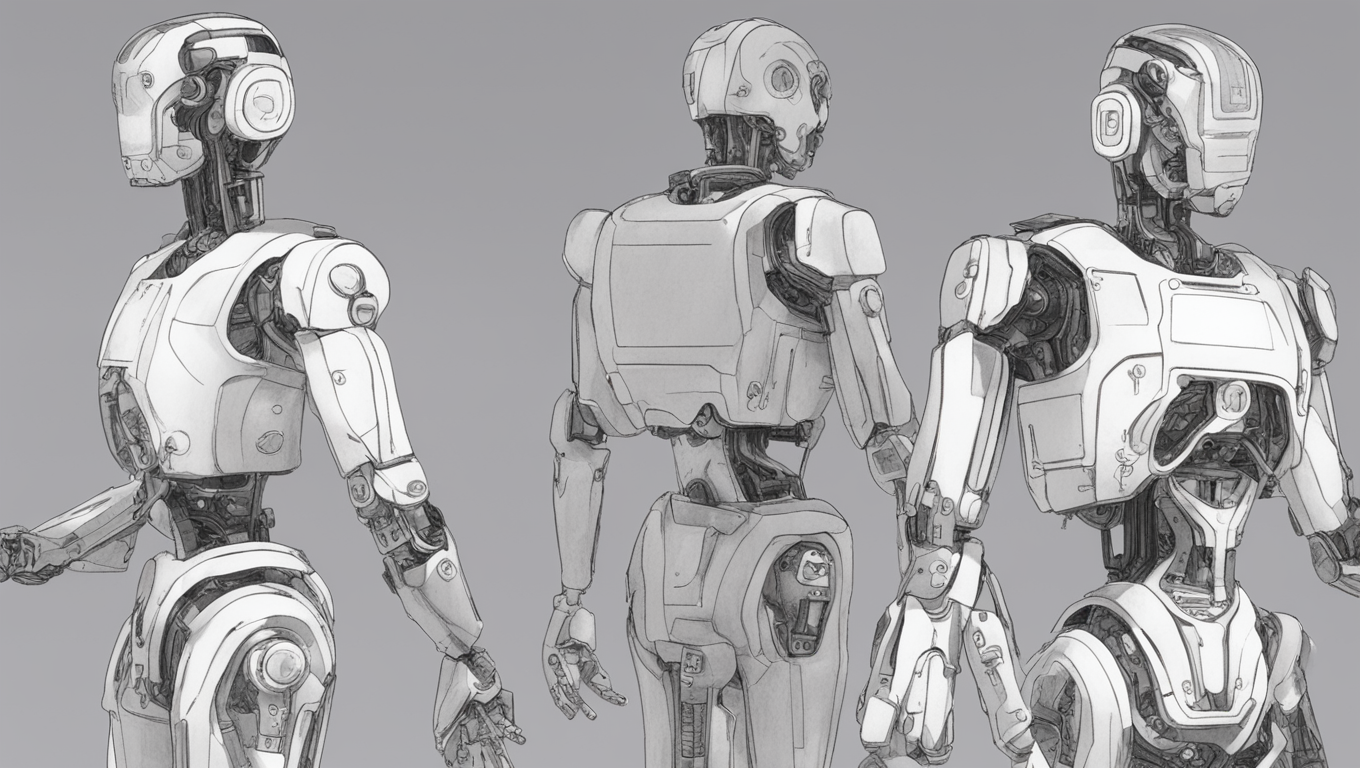In a groundbreaking keynote speech at this year’s Computex trade show in Taiwan, Nvidia CEO Jensen Huang unveiled his vision for the future of artificial intelligence (AI) and robotics. The 61-year-old entrepreneur described a new era of generative AI, where computers go beyond their traditional roles and become “a factory for generating intelligence for every industry.”
According to Huang, Nvidia, a leading semiconductor company, has developed the necessary chips, software, and solutions to power this technological revolution. Products such as the Blackwell graphics processing unit (GPU) and the CUDA software framework enable enterprises to establish advanced data centers, or what Huang calls “AI factories.” Developers can then utilize these resources to create high-performance AI applications for a wide range of industries.
Nvidia’s influence in the AI space is undeniable. With a market value exceeding $2 trillion, the Santa Clara-based company has established a hardware and software ecosystem that underpins the operations of major players like Amazon, Microsoft, and Google. These companies rely on Nvidia’s technologies to drive their data centers, where cutting-edge language models and generative AI services are developed.
Huang emphasized that the next frontier in AI is robotics, which he referred to as “physical AI.” This aspect of AI is already gaining traction in Taiwan, with partners like Foxconn Technology Group and Taiwan Semiconductor Manufacturing Co leading the way. To support the development of AI in robotics, Nvidia has created a platform called Omniverse, which enables training and development of AI for various robotic applications.
During his presentation, Huang also shared Nvidia’s early experience in supporting OpenAI, the company behind the popular chatbot ChatGPT. Nvidia adapted their GPU architecture to add tensor cores, a crucial component for AI processing, after OpenAI approached them with specific requirements. This collaboration resulted in the delivery of the world’s first AI supercomputer to OpenAI in 2016, marking a significant milestone in the AI industry.
Huang’s vision for AI and robotics marks an important milestone in the evolution of technology. With the support of Nvidia’s advanced solutions, industries ranging from healthcare and finance to automotive and science will have the opportunity to harness the full potential of AI. The impact of this transformation is set to be far-reaching, revolutionizing traditional sectors and opening up new possibilities for innovation.
As Computex continues, other industry leaders such as Lisa Su of Advanced Micro Devices, Pat Gelsinger of Intel, Cristiano Amon of Qualcomm, and Rene Haas of Arm Holdings are expected to share their insights. These presentations promise to shed further light on the future of technology and the role that AI will play in shaping our world.





Use the share button below if you liked it.